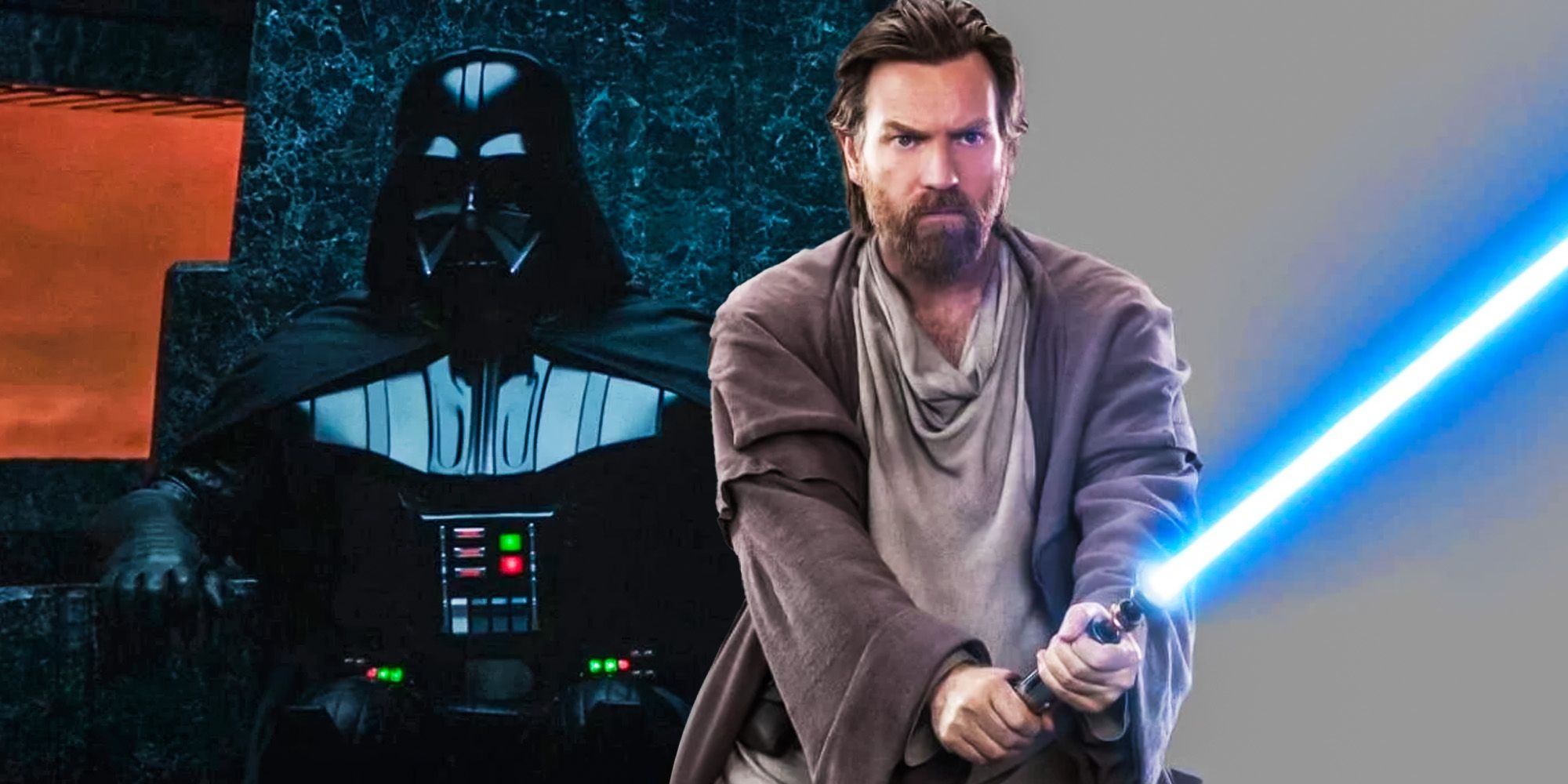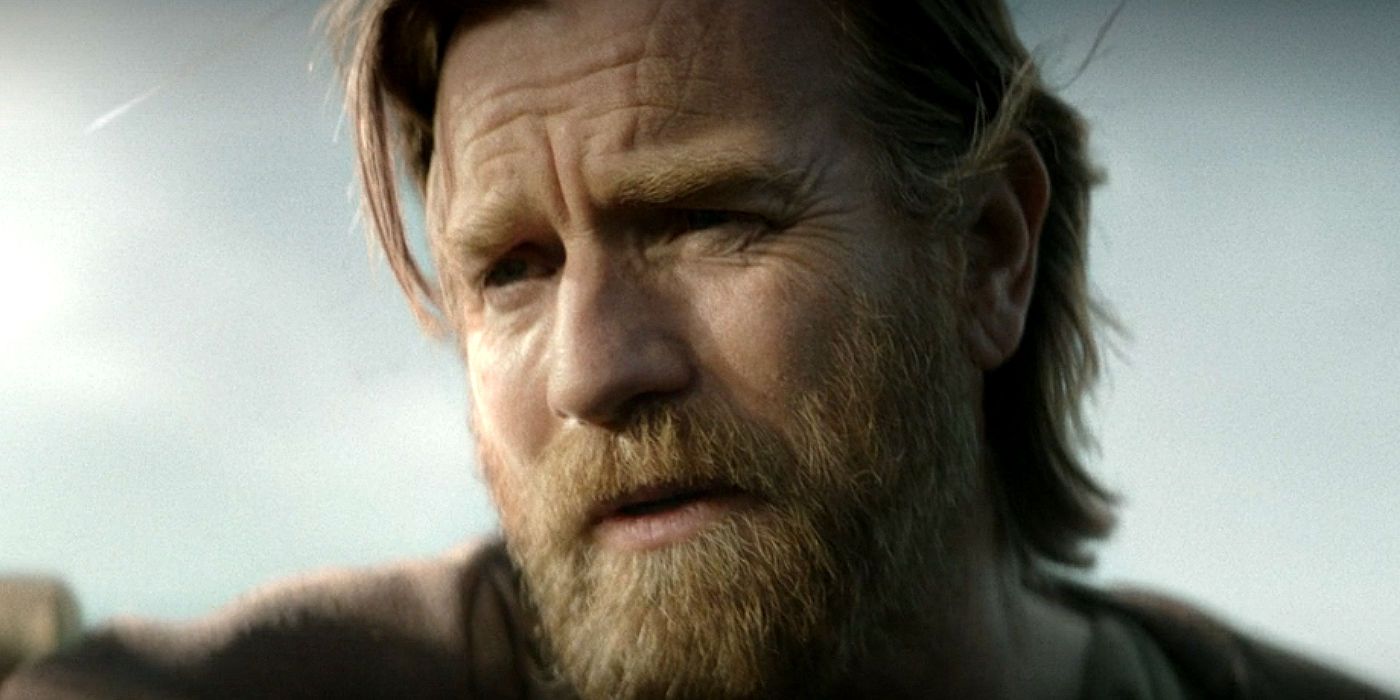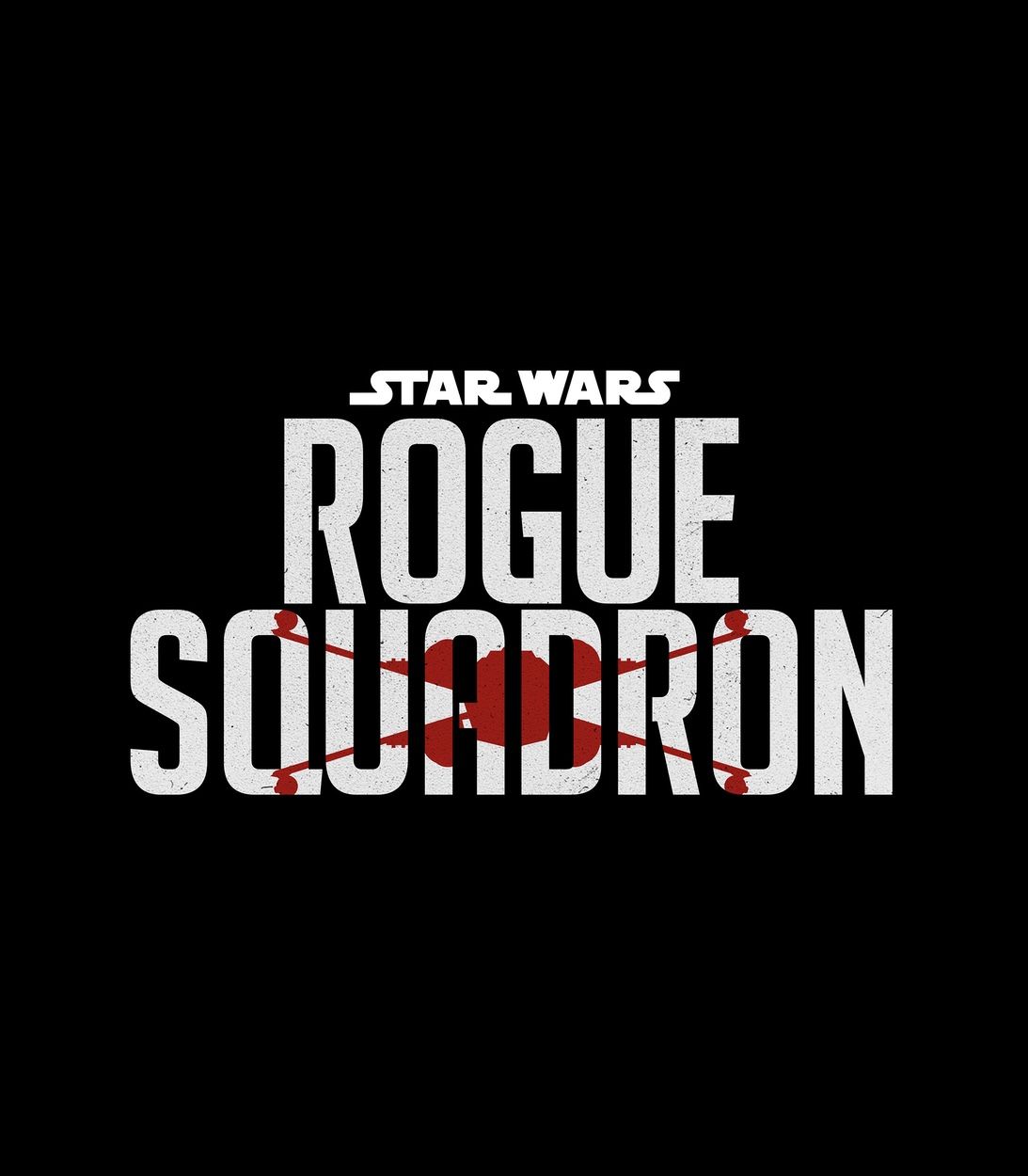Warning! Spoilers ahead for Obi-Wan Kenobi episode 3.
Darth Vader lets Obi-Wan Kenobi go in Obi-Wan Kenobi episode 3 instead of killing him, and there's a specific reason why. Lucasfilm brings back Ewan McGregor and Hayden Christensen to Star Wars to reprise their respective prequel trilogy roles. However, this time, it's on the small screen through the Disney+ series, Obi-Wan Kenobi, which is set a decade after Anakin and Obi-Wan had their falling out in Mustafar.
Plans of bringing Darth Vader in Obi-Wan Kenobi came in late in the process. It's no secret that the story for the Disney+ project underwent a few revisions. Once that was decided, however, Lucasfilm opted to announce it right away as part of marketing the series, alongside the confirmation that the show would see the former allies battle each other. Dubbed the "rematch of the century," the much-anticipated fight finally happens in Obi-Wan Kenobi episode 3, where Darth Vader easily overpowers his ex-Jedi Master.
The tables have turned for Obi-Wan and Anakin a decade after the Jedi Master left his Padawan on the verge of death in Mustafar. In Obi-Wan Kenobi episode 3, Darth Vader exacts his revenge against Obi-Wan, who he still thinks is to blame for all the tragedies he has suffered. Given his pent-up anger and power level, the Sith Lord could have easily ended the Jedi quickly. Instead, after burning him on the ground, he allows him to escape — an interesting decision but a sensible one given the villain's ultimate plan. Darth Vader doesn't want Obi-Wan to die instantly; he wants him to suffer. He says this himself in Obi-Wan Kenobi episode 3. This is the reason why he opts to drag their fight even though he clearly has the upper hand. It's also why he decides to slowly drag Obi-Wan through the flames, as it would prolong his physical suffering. So while the Jedi Master survives their entanglement, knowing that he will be in immense pain is more satisfying for the James Earl Jones-voiced Darth Vader than just seeing him dead.
For what it's worth, this is a more ruthless way of torture for Obi-Wan. He is at the lowest point of his life, living in isolation for a decade and forcing himself to lay low to survive. Despite being alive, the guilt and trauma from what happened during Order 66 can be too much sometimes. Add to that his existing heartbreak over being separated from his biological family as he recalled to Young Leia in Obi-Wan Kenobi episode 3, and it's clear that living and dying don't have that much of a difference for him right now. Interestingly, it's the same hell that Darth Vader is currently trapped in. Granted that he is nearing the height of his powers, his quality of life couldn't get much worse. Anakin is forced to go on with life without Padmé Amidala (Natalie Portman), which was his biggest fear. Aside from this, he's also physically reliant on his suit, which has its own complications. By keeping Obi-Wan alive, he is subjecting him to the same predicament that he thinks that his former Jedi Master put him in.
Given the events of the original Star Wars film, Obi-Wan's survival in the series is already guaranteed. It's curious, however, if the Jedi Master will face Darth Vader again after their initial encounter in the Disney+ show. With three more episodes of Obi-Wan Kenobi to go, not to mention the promise of an epic rematch between the former allies, the chances are that their paths will cross again.
Obi-Wan Kenobi airs Wednesdays on Disney+.



